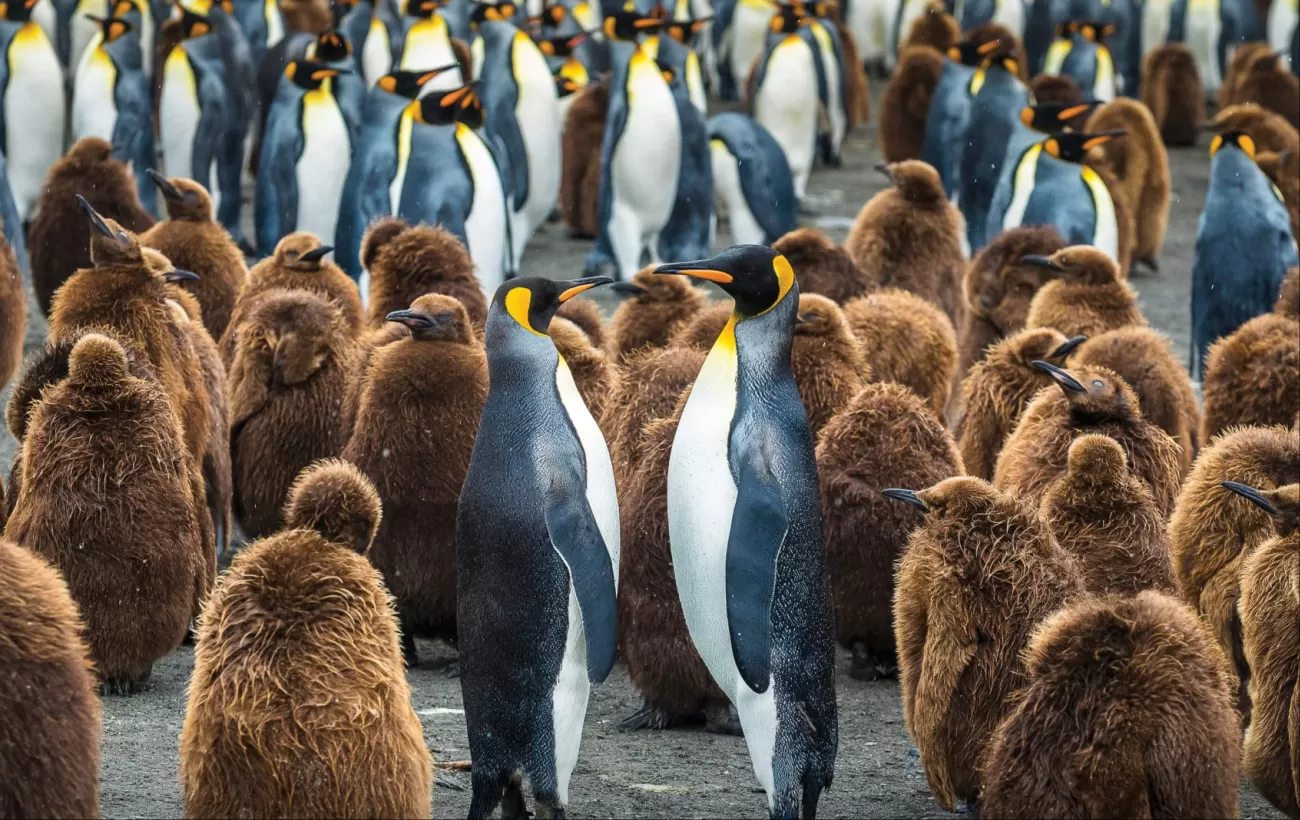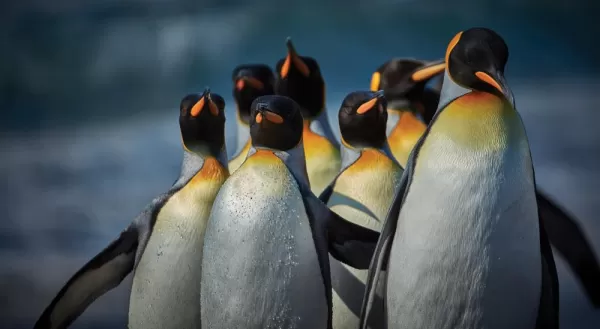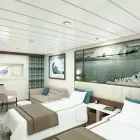The Falklands~Malvinas comprises two large islands (East and West Falkland), with over 700 islands scattered off the coast. All but seven of these are uninhabited, with windswept coastlines, white sand beaches, and crystal-clear water. These beautifully barren islands are true wildlife havens, sheltering an impressive diversity of birdlife, including the largest black-browed albatross colony on earth. The cold, nutrient-rich waters surrounding the islands make this a prime location for spotting marine life.
There are many beautiful areas to explore across the Falklands~Malvinas, each offering a unique perspective on this magnificent archipelago. Your experienced expedition team, who have made countless journeys to this area, will use their expertise to design your voyage from day to day, choosing the best options based on the prevailing winds, weather, and wildlife opportunities.
Even though you are north of the Antarctic Convergence it can be quite chilly here, so always remember to layer up before joining Zodiac cruises into rocky coves or along sea cliffs, keeping watch for seals, sea lions, dolphins, and porpoising penguins. If conditions allow, aim to land in historic Stanley, the capital of the Falklands~Malvinas. This charming town has a distinctly British character, with terraced townhouses, pioneer cottages, and even an iconic red telephone box! Colorful buildings house cozy cafes, English pubs, souvenir shops, a post office, and the fascinating Historic Dockyard Museum, with displays on the maritime history of the Falkland Islands, natural history, and links to Antarctica.

































